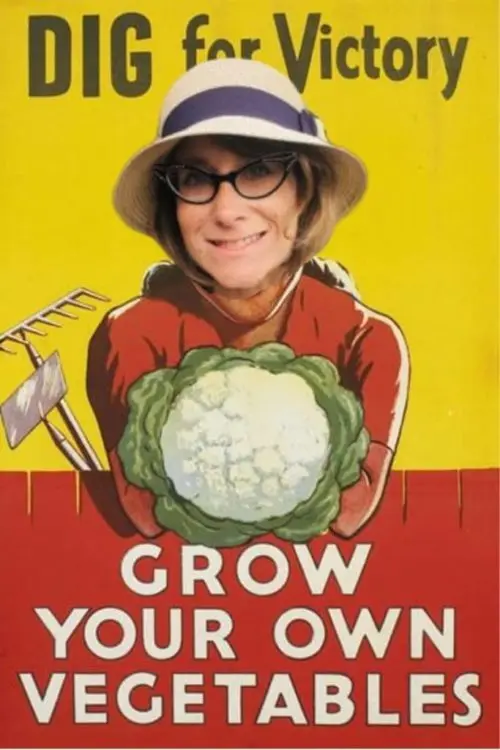by Amanda Rose Newton
When America is faced with challenging times, we garden. In the 1940s during the War, growing food brought control, security, and a sense of purpose to people across the country.

Most books on victory gardening focus on large plots of plants, leaving out thousands of us who may just have a concrete slab to work with.
For those of you with the latter, we hear you, and you can absolutely grow enough fruits and vegetables to create beautiful meals for you and your family in just a few containers.
Follow our tips outlined below and enjoy the act of contributing to mealtime for months to come.
Choose the Right Container
While its tempting to choose based on style, make sure your container is practical. Always err on the larger side to ensure plants have adequate space to grow
Here Comes the Sun!
All flowering and fruiting plants need at least 5 hours of direct sunlight a day, with morning sun being the most desirable. Not sure how much sun you get? Consider a container on wheels- that way you can move it around to the ideal location.
Put on Your Windbreaker.
Wind is a foe to all trellising beans and tall tomatoes in the garden. Consider adding several containers to not only aid in protecting your more vulnerable plants but also break the wind before it gets to your home, allowing you to enjoy your outdoor living space even more.
Space Savers.
Really short on space? Trellises are your new best friend. Vertical gardening adds huge amount of area to those lacking in the horizontal space department. Beans, peas, passion fruit, and dragonfruit can all be done vertically.
It’s In the Mix!
Choosing the right soil blend can aid in healthy growth for your plants. Choose a potting soil that provides adequate drainage since containers need to be watered more frequently than in ground veggies. Try our garden soil blend, which is full of healthy additions like mushroom compost to get your plants started off right.
Feeding Time!
Watering frequently can end up washing vital nutrients right out of the soil. To prevent this from happening, be sure you are using slow decomposing compost like mushroom and consider adding worm castings or tea to your plants. If you feel the need to use a fertilizer, make it slow-release organic.
Know Your Zone.
Gardening in Florida takes getting used to- even if you have lived here your whole life! Brevard is a large county and manages to squeeze in 2 zones. Depending on if you are on the Northside (9B) or close to the coast (10) can mean a lot as far as plant selection goes. Follow recommendations found on our vegetable handout for best months to plant seeds, seedlings, and bulbs for best results.
Pollinator Power!
If you really want to up the production in your victory garden, just add flowers! Not only does it add cheery pops of color, but it will also bring in the bees, bugs, and birds to help pollinate your newly planted crops.
Now that you are armed with the basics, you too, can successfully start your own victory garden, no matter the size of your space.
References:
Burdett, J. H. (1943). Victory garden manual.
Thomson, B (1987). The New Victory Garden. Little, Brown.


